Onmaeul (온마을)
8.2Km 2021-03-22
127, Samcheong-ro, Jongno-gu, Seoul
+82-2-738-4231
A place that sells dishes made with beans, which are good for the health. This restaurant's signature menu is pureed soybean stew. This Korean dishes restaurant is located in Jongno-gu, Seoul.
Bukchonmaru hanok guesthouse [Korea Quality] / 북촌마루한옥게스트하우스 [한국관광 품질인증]
8.2Km 2020-09-10
152, Changdeokgung-gil, Jongno-gu, Seoul
+82-10-3253-8751
Bukchonmaru Hanok Guesthouse is located between “Bukchon Views 2 and 3” on a hill in Bukchon Village in Seoul. This two-storied hanbok building with a terrace, which is rarely found among other hanok structures in the area, offers a splendid view of Seoul. In particular, the summit of a hill next to the main gate of Choong Ang High School where the guesthouse is situated is known as the filming location for the famous Korean TV series Winter Sonata (2002). When you open the main gate and go up to the first floor, a small yard is seen with a group of jars on one side. After entering the sliding door through the yard, there is daecheong maru (main floored room) that features the doors opening in all directions and a high ceiling with rafters, making the space open and cozy. The hanok building consists of two floors – the ground floor is equipped with special furniture, a jar table and a log chair made by the owner, and on the first floor are guestrooms comprised of one large room and two small rooms. The neat and clean rooms are designed in a simple way and have lovely bedding with the pattern of five cardinal colors. Its staff members can speak English and Chinese to communicate with guests from other countries. Every morning, guests engage in animated conversation while enjoying a Korean home-style breakfast prepared by the owner in a friendly atmosphere. After having breakfast, if guests want, they can try on traditional Korean clothes (hanbok) and take photographs inside and around the guesthouse to create interesting memories. The guesthouse also provides a hanbok rental service (KRW 30,000 for a day) and tourists wearing traditional Korean clothes can enter both Changdeokgung Palace and Gyeongbokgung Palace, which can be reached on foot within 10 to 15 minutes, free of charge. Moreover, guests can enjoy an open view of the area including Gahoe-dong, Gye-dong and even the lights of the Namsan Seoul Tower at night from the roof top.
Nolbu Budaejjigae Cheolpangui Eulji-ro 6ga(놀부부대찌개 철판구이 을지로6가)
8.2Km 2020-11-25
6 Eulji-ro 44-gil Jung-gu Seoul
+82-2-2264-7738
It is the largest chain of Budaejjigae (spicy sausage stew) franchises in Korea. The best menu at this restaurant is sausage stew. This Korean dishes restaurant is located in Jung-gu, Seoul.
Phopular (퍼퓰러)
8.3Km 2021-03-30
2, Eulji-ro 44-gil, Jung-gu, Seoul
+82-2-792-9119
A restaurant where Vietnamese chefs cook dishes, themselves. The best menu at this restaurant is rice noodles. This Vietnamese (cuisine) restaurant is located in Jung-gu, Seoul.
Nanjang Camp - Sinsa Garosugil Branch (난장캠프 신사가로수길)
8.3Km 2021-08-27
27, Gangnam-daero 158-gil, Gangnam-gu, Seoul
+82-2-3443-6466
A barbecue specialty restaurant located in Sinsa-dong, Seoul. A famous meat restaurant approved(frequented) by BTS. The most famous menu is grilled pork belly.
Museé d'art Hwangi (환기미술관)
8.3Km 2021-03-27
63, Jahamun-ro 40-gil, Jongno-gu, Seoul-si
+82-2-391-7701
Le Musée d’art Hwangi (환기미술관) a été ouvert dans le but de rendre un hommage au peintre Kim Hwan-Gi (1913-1974), un des artistes coréens les plus réptés dans le style du modernisme.
Il commença par la peinture abstraite en 1930 et en 1950 en se servant de la nature comme inspiration afin de peindre les émotions de la Corée.
Au premier étage du musée vous trouverez une boutique d’art avec des écharpes, des cravates et autres produits dessinés par Kim Hwan-Gi qui sont mis en vente.
Season's Table Dongdaemun LOTTE FITIN(계절밥상 동대문롯데피트인)
8.3Km 2020-10-29
7F, LOTTE, FITIN, 264, Eulji-ro, Jung-gu, Seoul
+82-2-6262-4715
This is a buffet located in Dongdaemun Gate, Seoul. The representative menu is Korean dishes. A buffet restaurant serving Korean dishes.
Darakjeong (다락정)
8.3Km 2021-03-26
131-1, Samcheong-ro, Jongno-gu, Seoul
+82-2-725-1697
Darakjeong has been popular for a long time because of the simple taste of its traditional Mandu (Korean stuffed dumpling). Since its opening in 1991, tasty soup and scrumptious Mandu have been served. A fist-sized Mandu is fully packed with seasoned meat, bean-curd, and various vegetables. Its thick dough makes it chewy and delightful. For one person, “Manduguk”(boiled dumpling soup) is a good choice. The delicious and nourishing taste of Mandu goes well with the sweet, spicy, and fresh taste of the soup. Manduguk is served in a brass bowl which keeps the food warm while eating. For a large-size group, “Mandujeongol” cooked with various vegetables in a casserole is recommended. There are two types of Mandujeongol that have different tastes. The main characteristic of “Kimchi Mandujeongol” is its spicy flavor, which reminds people of the refreshing taste of Kimchi soup, and “Tojang Mandujeongol” expounds on the savory taste of bean-paste soup. Tojang means folk soybean-paste. “Nokdujeon”(a Korean pan-fried dish with green mung bean) is another famous dish at Darakjeong, which is pan-fried with a very light seasoning to emphasize the original taste of Nokdu (green mung bean). Salted oysters with hot pepper are served with Nokdujeon instead of soy sauce, which is a perfect match.
Lycée Jungang (bâtiment principal) (중앙고등학교본관)
8.3Km 2019-07-22
164, Changdeokgung-gil, Jongno-gu, Seoul-si
+82-2-742-1321
Le lycée Jungang, situé à Jong-ro (près de Samcheongdong-gil), a été construit pour éduquer le peuple au coeur de la crise nationale qui sévissait au début du XXème siècle. Le bâtiment principal de l’école a été construit en 1937 après qu’un incendie ait détruit la bâtisse de deux étages d’origine en 1934. L’architecture gothique moderne de ce bâtiment est particulièrement significative pour les Coréens, car celui-ci a été conçu par un architecte coréen durant l’époque de la colonisation japonaise. Park Dong Jin, qui a conçu ce bâtiment, est l’un des premiers architectes coréens modernes, et a dessiné les plans du bâtiment principal et de la bibliothèque de l’université Korea, ainsi que l’immeuble du journal Chosunilbo. Le lycée Jungang a été désigné site historique n° 281. De nombreux leaders de la nation ont été éduqués derrière les murs de ce bâtiment gothique durant la période sombre où la Corée a tenté d’échapper au joug colonial.
Le bâtiment principal, situé en face de la porte principal, est une bâtisse en granit de deux étages en forme de H, conçu dans le style gothique, avec une tour de quatre étages au centre.
Musée Heo Jun (허준박물관)
8.3Km 2020-08-04
87, Heojun-ro, Gangseo-gu, Seoul-si
+82-2-3661-8686
Ce Musée a ouvert le 23 Mars 2005 en l'honneur des réalisations académiques et les actes de bienfaisance de la médecine scientifique de renom, Heojun qui habitait au milieu du siècle la dynastie Joseon.
Le musée est composé de l'Hôtel de Heojun Memorial, une herbe et de la médecine de chambre, un approvisionnement médical de chambre, une salle d'expérience, et deux étages d'un Neuiweon (bureau de médicaments gérés par le gouvernement au cours de la dynastie Joseon) et une clinique de médecine orientale. En outre, il est Heojun Park et Heogabawi Rock, qui sont situés à côté du musée. Mis à part les choses liées à Heojun, expositions diverses, notamment des écrans haute technologie tels que les modèles, les médias et les écrans tactiles sont également disponibles et sur l'écran.
À la salle de l'expérience, vous arriverez à mieux comprendre comment la médecine orientale en obtenant une expérience de première main de ce que c'est que d'être un médecin oriental. En outre, la réapparition de naeuiweon de Joseon Dynasty et la clinique de la médecine orientale sont extraordinairement montré. Il y a aussi l'aire de repos sur le toit qui est relié au parc des herbes médicinales, et offre une vue magnifique sur l'expérience de cette scène vivante.

![Bukchonmaru hanok guesthouse [Korea Quality] / 북촌마루한옥게스트하우스 [한국관광 품질인증]](http://tong.visitkorea.or.kr/cms/resource/32/2574032_image2_1.jpg)
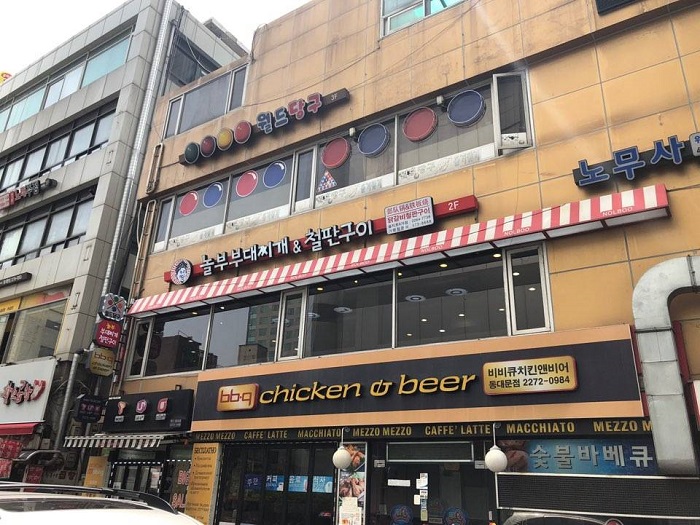
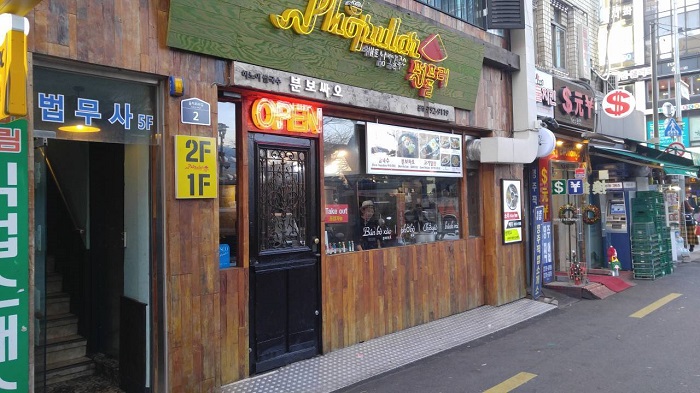
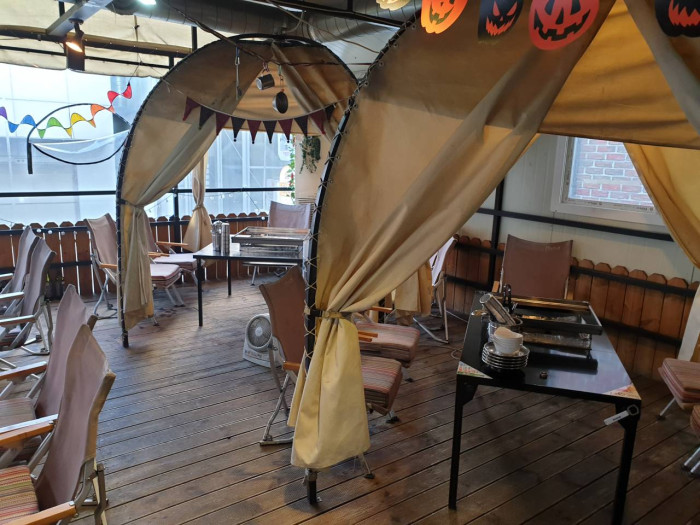

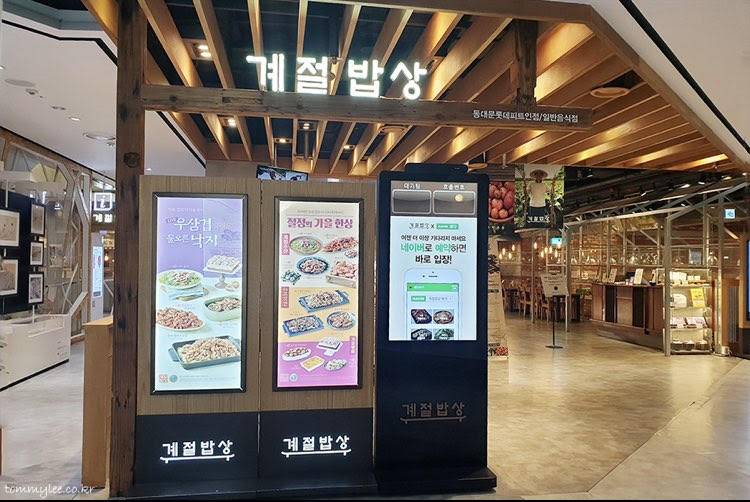

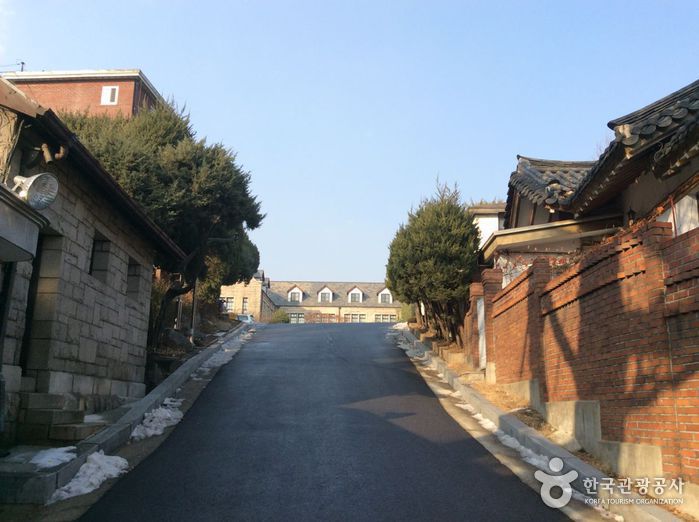
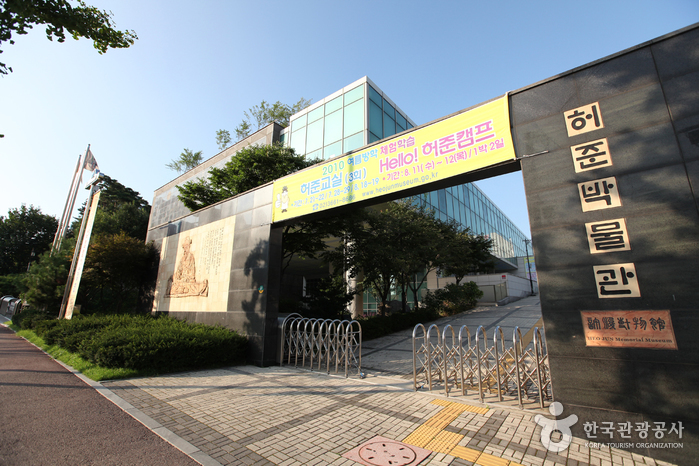
 Français
Français
 한국어
한국어 English
English 日本語
日本語 中文(简体)
中文(简体) Deutsch
Deutsch Español
Español Русский
Русский